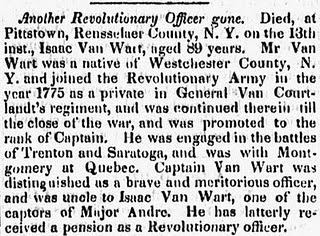From the Revolutionary War to Pearl Harbor to Iraq, newspapers are a valuable resource for researching your military ancestry and learning about the history of war in the United States. Newspapers have been a dependable source of information that Americans have relied upon throughout this nation’s history.
This was vividly demonstrated after Dec. 7, 1941, when Japan’s attack on Pearl Harbor launched the U.S. into World War II. The next day Congress declared war on Japan—and Americans were riveted by the bold headlines and news stories splashed across the front pages of the nation’s newspapers.
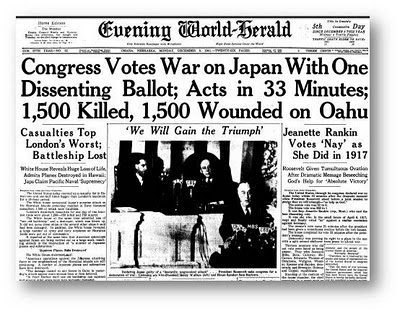
Newspapers tell us what happened every day of our ancestors’ lives.
From the Revolutionary War to the wars in the Middle East, newspapers let us read about our ancestors’ participation in the nation’s conflicts—and what the country as a whole went through. We volunteered, we were enlisted in the U.S. military through the draft—and when we didn’t register for the draft, the government issued “slacker lists” to encourage full participation in the war.
U.S. Military Draft Lists
Military draft lists were published in newspapers, like this one 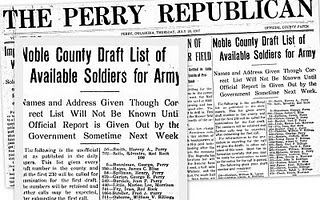
Similar lists were the “slacker lists” or “draft dodger lists”: listings of those persons that tried to evade the draft. After World War I the United States War Department issued lists of those men that did not register with the military draft. 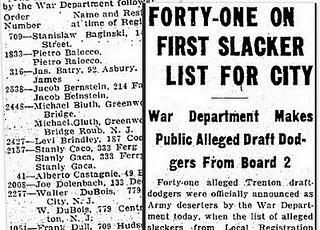
From the declaration of war through obituaries published decades after the conflict ended, newspapers have been a dependable source of information about our ancestors and their participation in the United States Armed Forces. Newspapers reported on the battles and covered the stories of the war every step along the way. Family historians can gather facts for their family trees and put them in the context of the war as it happened.
U.S. Military Casualty Lists
Another valuable resource for family historians are the war casualty lists many newspapers published. 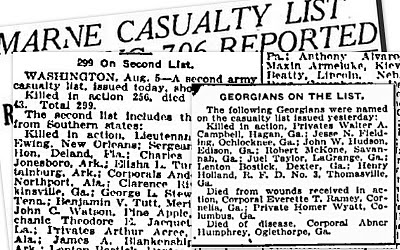
Most U.S. citizens do not remain in the military as a lifelong career. 